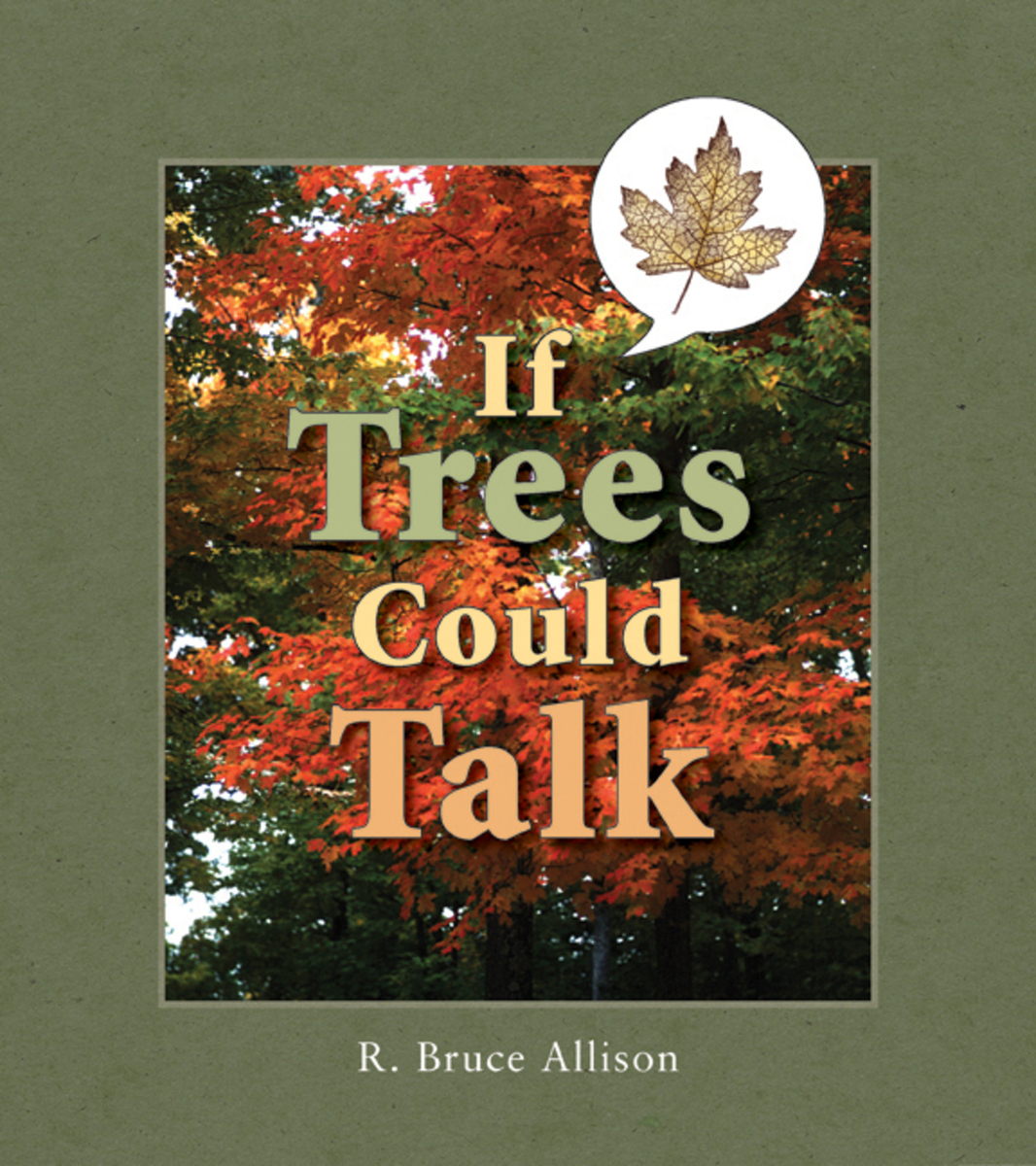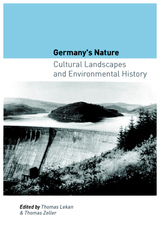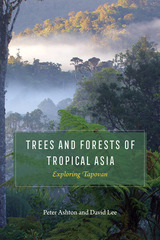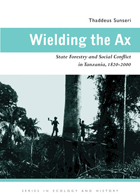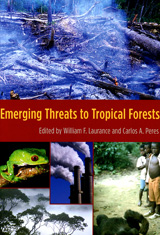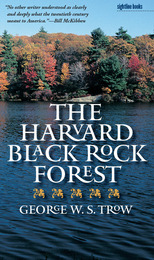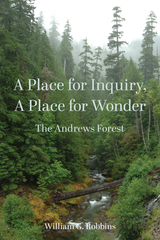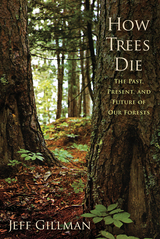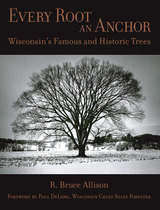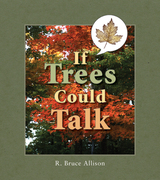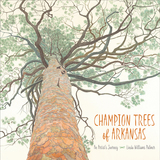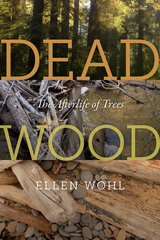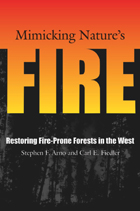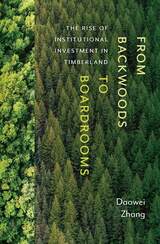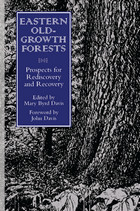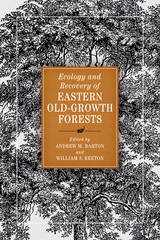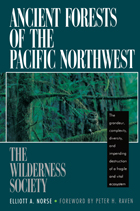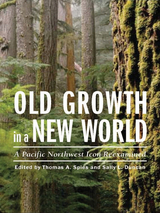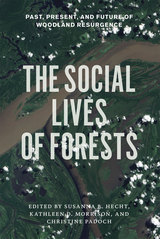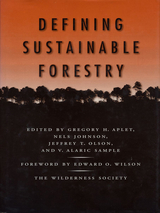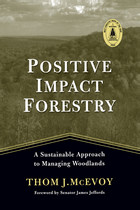If Trees Could Talk: Stories About Wisconsin Trees
Wisconsin Historical Society Press, 2009
eISBN: 978-0-87020-846-1 | Paper: 978-0-87020-419-7
Library of Congress Classification SD383.3.U6A452 2009
Dewey Decimal Classification 977.5
eISBN: 978-0-87020-846-1 | Paper: 978-0-87020-419-7
Library of Congress Classification SD383.3.U6A452 2009
Dewey Decimal Classification 977.5
ABOUT THIS BOOK | AUTHOR BIOGRAPHY | REVIEWS | TOC
ABOUT THIS BOOK
Inside the pages of If Trees Could Talk, Allison gives readers aged 7 to 12 fascinating stories that introduce them to noteworthy trees, both past and present, across Wisconsin. From Kenosha's buried forest on the shores of Lake Michigan to the Wyalusing maple that saw the last of the passenger pigeons; from Aldo Leopold's "good oak" to the disappeared elms of State Street in Madison, these stories open up a fascinating ecological and social history of Wisconsin to young readers. Other stories showcase the state's history: readers will encounter Chief Black Hawk hiding in a hickory, Civil War soldiers enlisting for battle under "sign-up" trees, and trees used to hang criminals without a trial. They will also learn of large and unusual trees like the Columbus Cottonwood, which was over 26 feet around or, in the words of the author, so large that "it would take you and eight of your friends with your arms outstretched to reach all the way around it!"
Told in a compelling narrative style and supplemented with historic photographs and illustrations, these stories instill a sense of place and understanding of the rich heritage of our trees and forests. The book also carries an environmental message encouraging children to appreciate and manage natural resources wisely and respectfully. The highly accessible format includes a map of historic trees locations, a glossary of tree terms, a tree identification chart, and a list of suggested books and websites for further reading.
See other books on: Juvenile literature | Juvenile Nonfiction | Science & Nature | Trees | Trees & Forests
See other titles from Wisconsin Historical Society Press
